What To Take To Your Next Track Day
We have a LOT of customers who participate in track days (meaning the chance to take your car, and drive at speed on one of our regional race tracks). But we often are asked many questions about the day, the experience, how it will go, what do they need to do to their car, and what to take. We will attempt to answer those questions in these next three www articles (what to take, what to expect on your track day, and how to get the most from your track day).
With the freeways and backroads becoming more and more congested, and yet, at the same time, the cars becoming ever so amazing to drive, where is the opportunity to get out and really drive? That is one of the many reasons track days are exploding…there are track days at our local tracks every day of the week, all year long (Laguna Seca, Sonoma Raceway, Thunderhill Raceway, Buttonwillow Raceway are the tracks within easy driving distance).
Participating in a track day in your own car may open up a whole new world to you (and, as we tell everyone, this is a very slippery slope, and for many of us, turns into an addiction…an addiction of the best kind, but it can also be a slippery slope into a more expensive endeavor). The track day may seen a stretch…but for those that venture into this SPORT, driving on a track is an experience they won’t soon forget….and will want to repeat as often as possible (time and money determining the frequency).
First things first, there are a number of things that you need to do BEFORE you go, and a number of things you need to take with you when you do go to ensure the probability of success.
PREPARING YOUR CAR TO GO
There are many track day organizations (Porsche Club of America (PCA), Audi Club, BMW Car Club of America (BMWCCA), Hooked On Driving (HOD), Shelby Club, SpeedSF, NCRC, Speed District, NASA (National Auto Sport Association), SCCA (Sports Car Club of America), Pacific Track Time…and the list goes on. Some of these are really good for first time track events (PCA, HOD, BMWCCA), some better suited to the experienced event participant (NCRC, SpeedSF, Pacific Track Time, Speed District, NASA, SCCA). Each track organization has their own rules and regulations, and track tech inspection requirements. Regardless of what they require, make sure you get a thorough car inspection done by a shop. Nothing ruins a track day faster, and the whole experience for you, than to have some go wrong that could have been prevented by simple car maintenance.
The main thing…you want your tires to have sufficient tread, you want your brake pads to have OVER 50% pad life remaining, you want your brake rotors to not have any serious thermal or stress cracks, be above minimum thickness, you want your brake lines to be in excellent condition, you want NO LEAKS or evidence of possible leaks, you want all your fluids to be the right level, and you want your fluids to be clean, clear, and without any corrosion.
Brake fluid is a subject into itself…but to make this easy, ensure you have your brake fluid changed, and UPGRADED before your first track day…no questions here. We supply six different grades / levels / quality of brake fluid for our customers, and all are better than stock DOT 4 fluid. The better the fluid you install, the better your experience will be, and the more duress your braking system will be able to take. (Examples: StopTech 600, Motul 600, StopTech 660, Motul 660, Brembo HTC 64t, Endless 650….we are not a big fan of the Castrol synthetic brake fluid). Just because you upgraded your brake fluid also does not mean it doesn’t need to be bled and changed regularly. We normally use the rule of thumb that every track mile is equivalent to 10 street miles, the same applies to age or time. If you had a racing car, we bleed and flush the brake fluid EVERY DAY. For frequent and aggressive track day participants…flushing the brake fluid every 6 track days is a fair approach.
There is also a misconception…many of our customers think that driving their car on the track is no different in terms of wear on their car than normal street driving…..this is NOT the case. We see customers start to take their cars to the track, and do several events, and everything is fine…so, they continue the experience, about after a year…all of a sudden, things start to go wrong on their car, and their comment is, “the car has run perfect for over a year, what’s going on?”….well, they haven’t done the ongoing maintenance to their car that the track abuse will induce…and things will wear out or break. So, be forewarned and prepared. It’s not a big deal, but the track use does change the whole maintenance program and schedule.
Other fluids to consider upgrading or changing before your first track day – transmission fluid (manual transmissions), differential fluid, and have an oil change performed.
So, now you’ve had your brake fluid done, an oil change performed, your car inspected, your ready to go.
So, what should you take to the track?
Here is the list…some items are more optional, but we will list them all to be fully inclusive (and to some degree, after our decades of doing this, we never seem to have everything we need) –
- glass / window cleaner
- paper towels, clean rags
- at least one liter of engine oil
- some brake fluid (same type as you just had flushed into the car)
- tire guage
- wheel lug bolt socket, or center lock socket
- your car’s “TOW HOOK” (install before event)
- socket set, some socket wrenches
- screw driver set
- torque wrench (for normal 5-lug wheels, or the special type for center lock hubs)
- tarp or blanket (to set all the stuff on when you unload your car at the event)
- helmet (has to be a race car helmet, not a motorcycle helmet, SNELL 2015 or newer)
- duct tape, blue painters tape (1/2″ size, 3″ size)
- work gloves
- car cleaner solutions, other cleaners
- camera, Go-Pro type devices (can never have too many cameras)
- car jack, jack stands
- cordless impact wrench (that matches to your socket set and wheel lug socket)
- extra brake pads (and the knowledge how to change your own pads at the track)
- extra car numbers (usually each car is required to have car numbers on both sides of the car, front, and some the rear too)…have to be the size required by the organization you are running with
- water, snacks, a chair to sit on between events
- proper clothing for the event, type of weather (see also the organizations requirements for types of clothes allowed to be worn in the car when on the track)…proper shoes for driving
There is still more…you can never have enough, and why many of our customers have us transport their cars. Example of all the extra stuff we normally bring / carry in our trailers for track events (race events go way beyond this as well): spare wheels / tires, all the fluids you could possibly imagine, a rolling large tool chest, nitrogen tanks, air hoses, double up jacks, lifts, air tools, hardware, fasteners, die grinders, nibblers, spare parts (body parts, brake rotors, brake pads, brake hoses), EZups or trailer canopies, chairs, tables, snacks, food, drinks, coolers, and more.
Most customers will get a container of some type that fits perfect in their car to put most of the above into. That’s why you arrive early on your track day, unload your car, prep your car, and be ready prior to the first orientation meeting. Also makes it easier to clean up, pack up at the end of the day when you are worn out.
Next…check out our article on what to expect on your first track day.
BRracing – experience and expertise to make your lives so much better








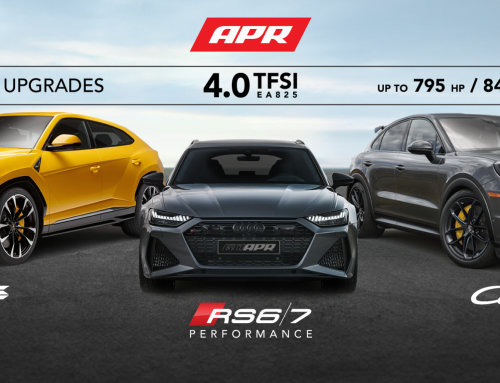
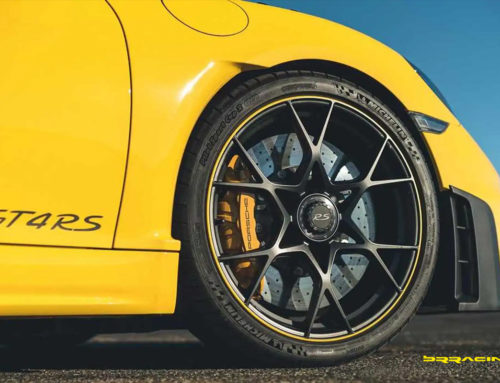
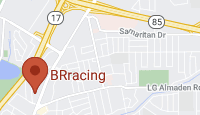
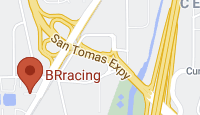
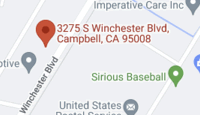
Leave A Comment
You must be logged in to post a comment.